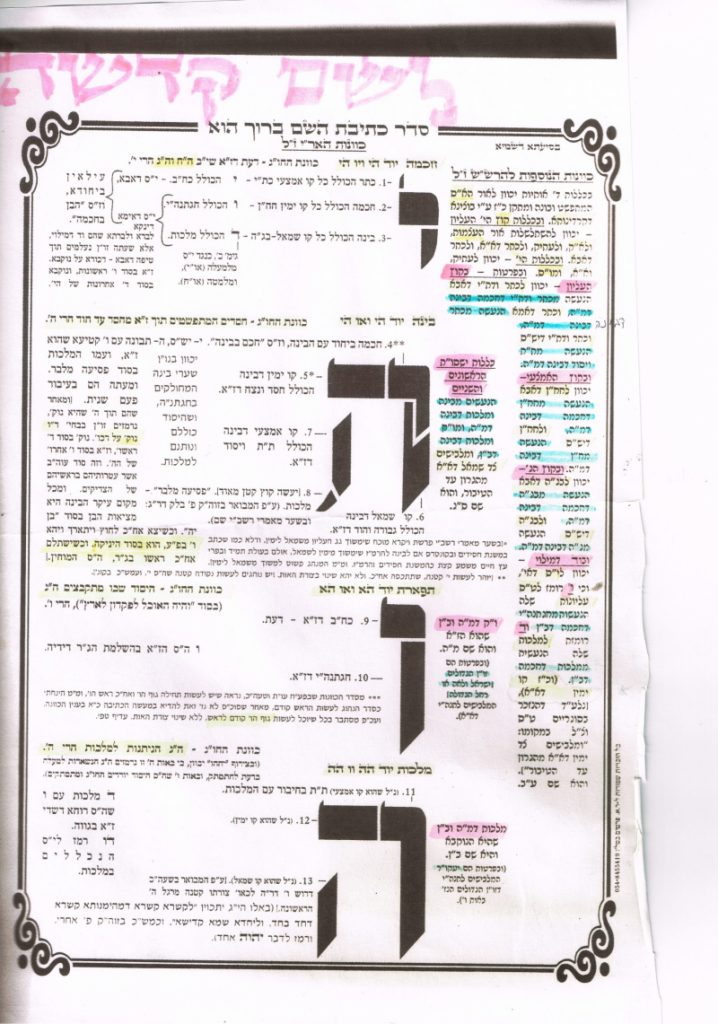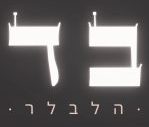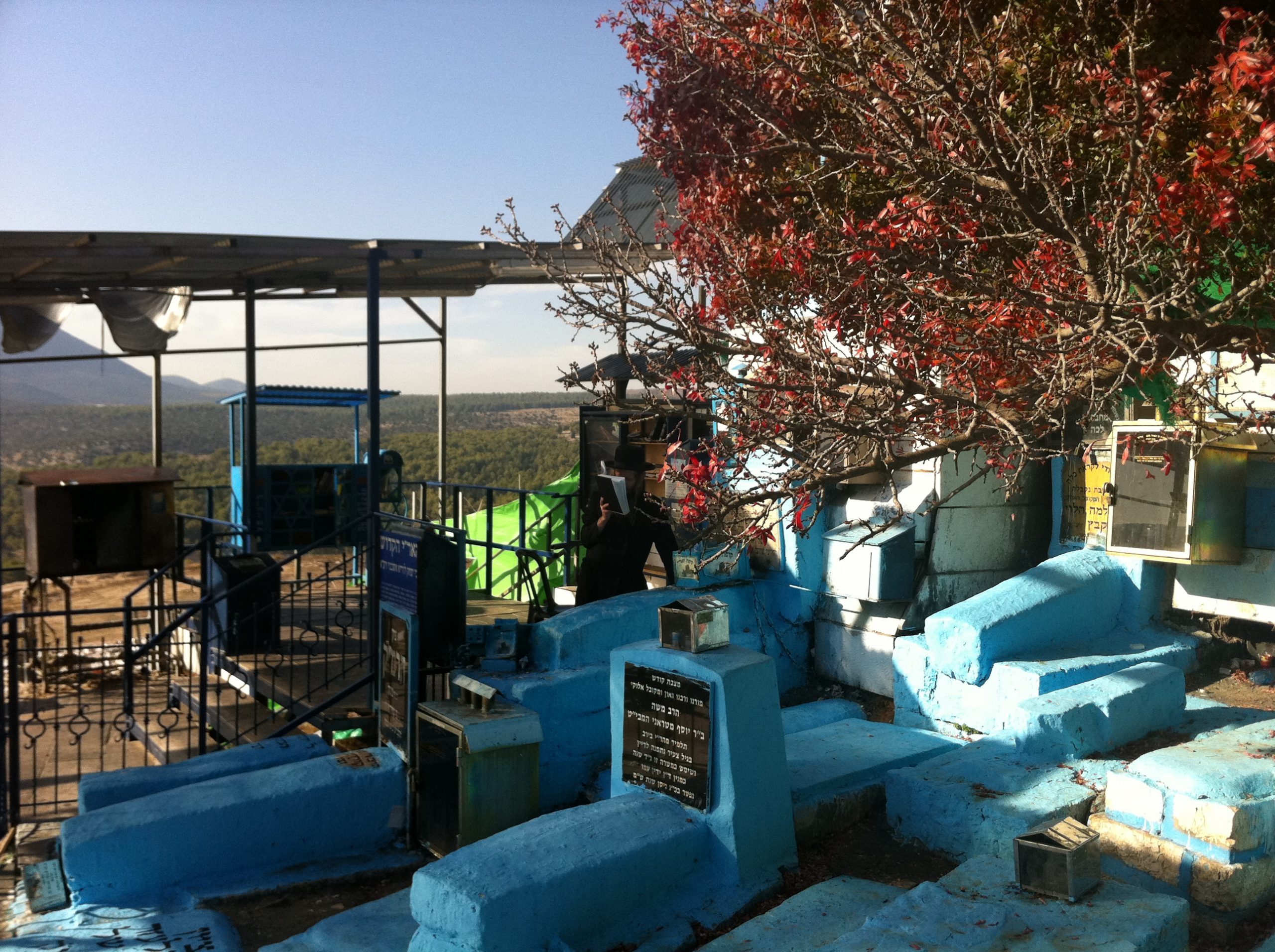BS”D
It is known from many leading Rabbis, that whenever someone requires salvation in one of these areas, one of the first things that we are told to do is to check our Mezuzah and Tefillin. There are countless stories of salvation after one of these was corrected (and I hope to bring here some stories in later Blogs.)
We all want to feel more excitement in our prayers, a little more faith, or a little more money in the bank…Who wouldn’t like to start a wave of holiness, love of Hashem, wealth, and health in his life?
It’s known that there are countless Hidurim when it comes to writing a Mezuzah, but the most important is often overlooked!
Let me ask you a question, do you know who wrote your Mezuzahs at home?
Let us see, what is more important, a beautiful Mezuzah with fine-looking letters or knowing that the Sofer who wrote the Mezuzah is G-d fearing and had the right intentions/kavanos when writing?
Did you know that the thoughts of the Sofer matter? What? Why do I care if the Sofer was thinking about the latest football game while writing if he has produced a fine-looking and Kosher Mezuzah, isn’t that what matters most? Isn’t that the meaning of “beautifying the Mitzvos?”
One more important question, why do I need to buy from a Sofer that knows how to write the name of Hashem properly? And what does that mean, that a Sofer writes with Kavanos?
It is brought down from the Ramchal that the letters that we see on the Sefer Torah represent 22 supernal lights, which shine upon the letters. From those lights, Holiness is drawn down to the Torah, and according to the Kedusha with which it was written, so will those lights remain and shine upon the letters of this Sefer Torah. (The source of the Ramchal is perhaps from the Ramak Shaar HaOsios.)
The Kedusha of Sifrei Torah, Tefilin, and Mezuzah is enormous, and it is by the thoughts of the Sofer that its Kedushah is implanted! Amazing!
So if someone is to choose between beautiful writing and a G-d-fearing Sofer, he should choose the latter. So it is brought in Halacha (Nachalas Ariel -3.a- Rabbi Aryeh Leib Shapiro AV’D Vilna), as long as the writing of the G-d fearing Sofer is Kosher lehatchilah. And he concludes there, that to choose a G-d fearing Sofer is the meaning of the Shas Mitzvah of Zeh Keli VeAnveihu.
Knowing that, let’s see what the Zohar and the ARIZAL, Rabbi Itzchak Luria of blessed memory, has to say about a Mezuzah, and more specifically about writing the name of Hashem in it.
It says in the Holy Zohar Vaykrah 11b. “ A man should be careful with the Holy Name, to write it in this manner, for this is how it is proper. If it is not DONE IN THIS MANNER, it is not considered a Holy Name but is considered defective. And he who renders the Holy Name defective, it would be better if he were never born.”
Similarly on Zohar Acharei 65b. “He said to him: Elazar, my son, be careful not to write the Holy Name improperly from now on. For of him who does not know to write the Holy Name properly and to tie the bond of Faith, the bond of one and one, OF ZEIR ANPIN AND MALCHUT, ACCORDING TO THE SECRET OF THE VERSE, “HASHEM SHALL BE ONE, AND HIS NAME ONE” (ZECHARIAH 14:9), to unify the Holy Name, it is written, “Because he has despised the word of Hashem, and has broken His commandment, that soul shall utterly be cut off“ (Bemidbar 15:31). This is even if he causes degradation of one level or one unity from just one letter among them.”
I should note that I heard from Rabbi Meir Elyahu that this concept of excision -cutting off the soul and death by the hand of Heaven- is not to be taken literally, but still, these words of the Zohar are very frightening, and the Zohar render the writings unfit:
It is brought down from here on the Sefer Matzas Shmurim (from the Holy Rabbi Nosan Shappiroh, Shaar Tefilin on my edition page 128):
One who writes one of the Names of Hashem not Leshmah has deemed the writing unfit. Therefore, even if the King were to greet him he should not reply, and one who writes in accordance to the true ways, and does not have the Kabalistics Kavanos, has pasul his writings without a doubt and is as if he has worshiped idols Hash Veshalom (Kotzets Benetiot).
It is also brought down from the Sefer Eifah Shleimah from the Mekubal Rabbi Chaim Shaul Dweck z”l, Rosh Yeshivah Hamekubalim Bet El, and the teacher of the famous Kaf HaChaim, that one that writes without Kavanah has pasul the writings. (need exact page)
On the Sefer Kol Yakov (276.6 H. Sefer Torah) it says that a Sofer that doesn’t know the Kavanos should at the very least write with the “Halukat Haosios” brought by the Zohar HaKadosh (more about it later). On the Sefer Lishkat HaSofer (Hakirah 10) it is brought down that since the Zohar means that the important part of writing the name of Hashem is the intention, not the practical way of writing it, and since these kavanos are most high, no one can grasp, and one can come to be Kotzes Benitiot, therefore the poskim are not concerned with the words of the Zohar, and they don’t impose even the way of writing the Name, since as explained by the Magen Avraham (25.20) that when the Zohar’s words are not mentioned at all in Shas, we can not force such a custom on the community. Till here from the sefer Lishakat Hasofer
However, it is accepted among all Poskin that whenever the words of the Zohar are not against the Shas, the Halacha is like the Zohar (Beit Yosef 31and 49, Mishnah Berurah 25:42, Knesset Hagdolah Klal Haposkin) and the Sefer Lishkat Hasofer must mean only that we can force the community to follow the Zohar.
It comes out, that even if the Poskin can not force such custom on the community, there is a real concern that Holy writings that were not written with the proper intentions are unfit and pasul.
So what are the Kavanos? I think that it is beyond the scope of this initial writing on the subject. I recommend learning the Sefer Kedushas Itzchak (Rav Itzchak Ben Zchri Jerusalem 5763), Sefer Nekudos HaKesef (Rav Bing) First volume on the new edition page 393.
I recommend every Sofer, at the very least to learn the words of the Holy Zohar above mentioned more in dept with commentaries, if possible the Idros, as well as the words of the Arizal on Shaar Maamarei Rashbi. But to gain a real understanding of the Kavanos one should start by learning the Idros on the Zohar, Idrah Rabah, and most importantly the Idrah Zutah, the whole Otzros Chaim of the Ari, as well as the Etz Chaim particularly Shar Av’A Perek 11 Shaar Anach Perek 5 and 8, and Shaar HaMochim Perek 10. If possible one should learn the whole Etz Chaim.
To properly understand the words of the Arizal, one needs to then learn the Rashash, at the very least Rehovos Hanahar page 7.
The “bottom line” kavanos of the Rashas (the Great Rabbi Shalom Sharabi) Halacha LeMaaseh are brought down Shemen Sason third volume page 10. The words are highly cryptic, and it took me over a year to understand them fully. I have included here a summary of his words, but these require the previous knowledge mentioned above.
In addition to all that it is important that the Sofer writes with Kedusha of the body and shouldn’t listen to music, classes, or the radio while writing. (Shevet Halevi Sixt Volume 6 and Rabbi Eliashiv orally)
Copyright Betzalel Daniel Mellinger


